Nomad
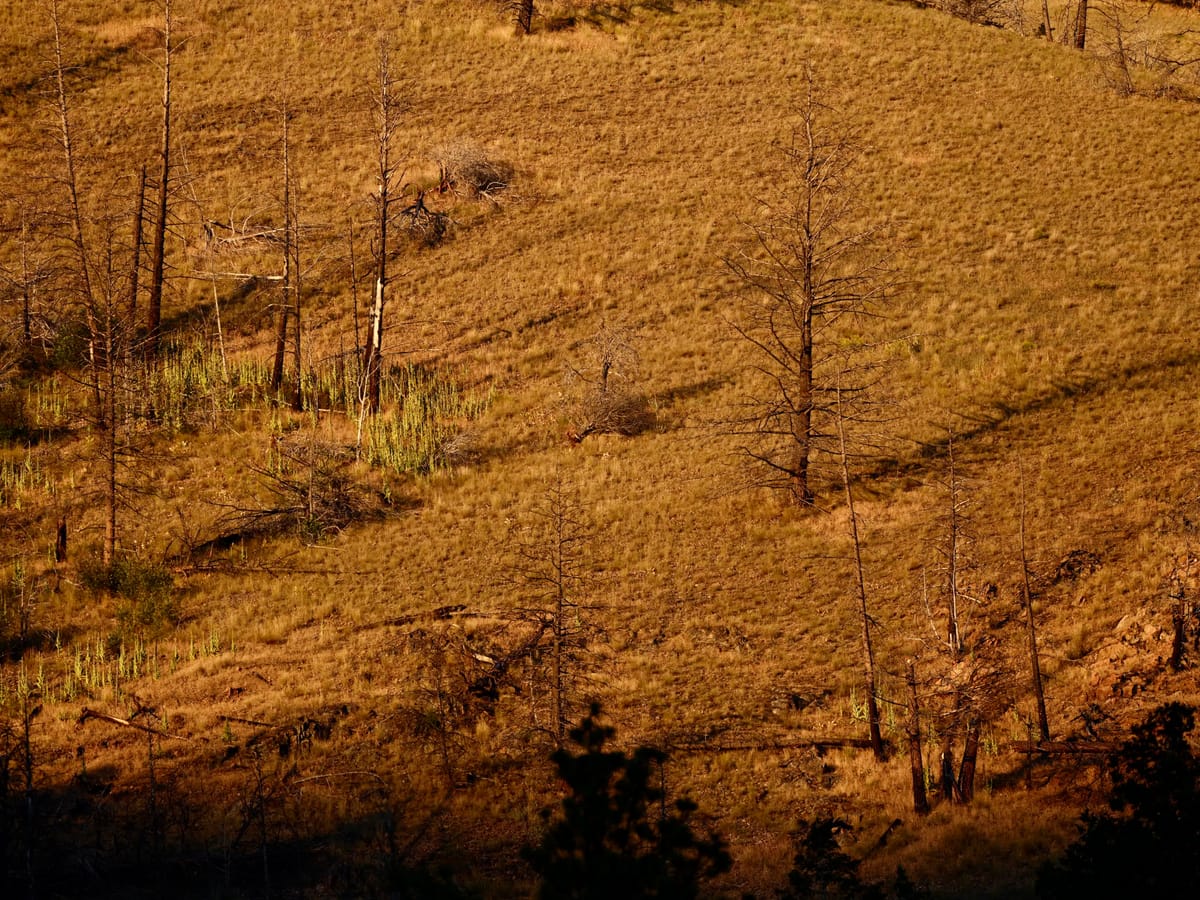
We met a nomad. She was our camp host though she didn’t come to introduce herself until we were about to leave.
She said she thought she should introduce herself and mentioned she liked our trailer (an Escapod Topo 2 teardrop which does get a lot of comments). A rambling discussion ensued about a friend who was 68 and had nowhere to live. How she herself retired earlier than she would have liked as an electrical engineer. She had trouble getting reliable work as most of the good work was given to younger engineers and then she would do the safety checks and fix their errors but for fewer hours and less pay.
She was from Maine and had a house in the woods on some acreage but when she decided to retire and take Social Security she couldn’t afford the taxes and utilities on the house. So she sold up, bought a van and converted it to a campervan. She has been living in it ever since.
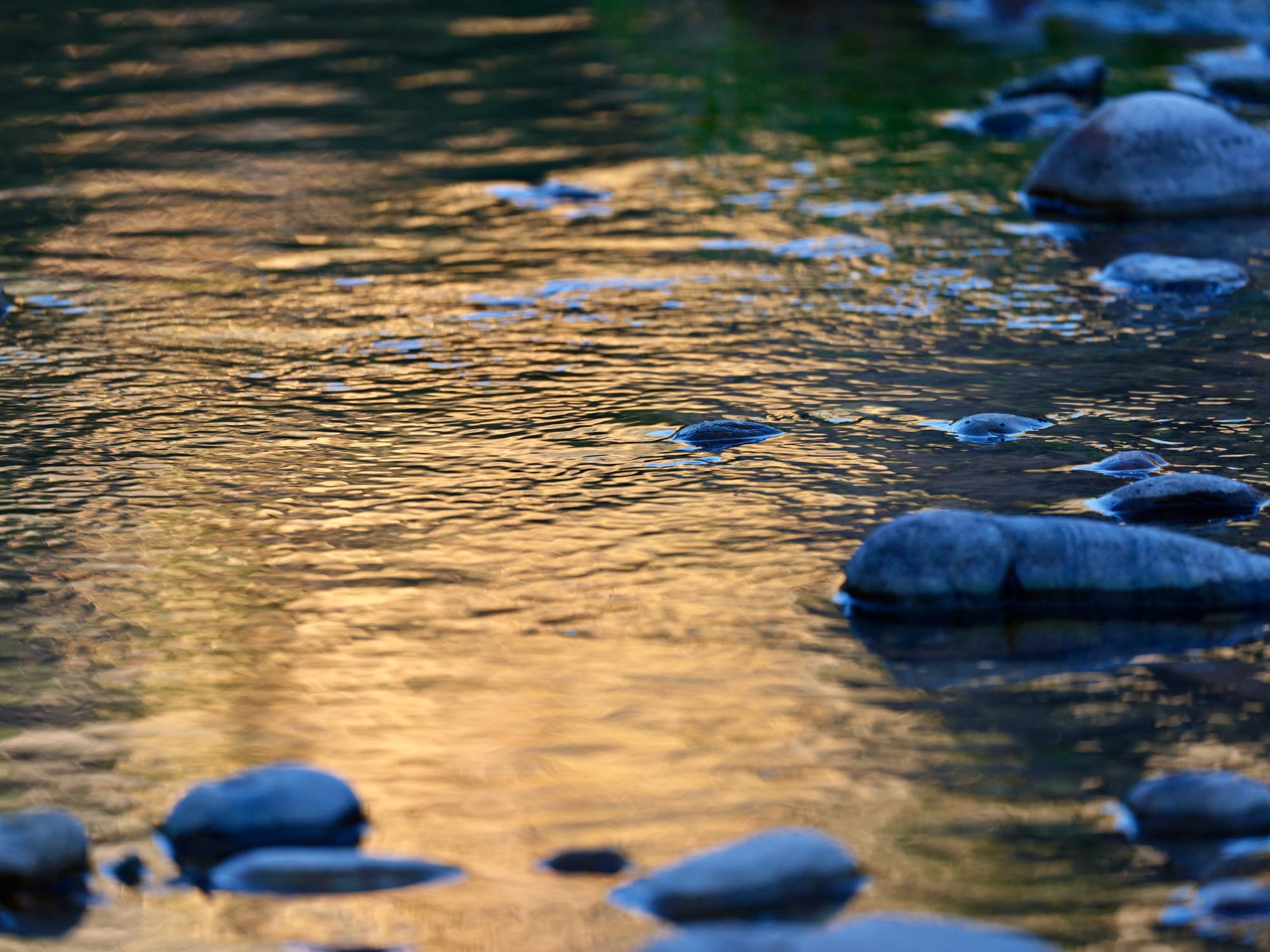
She hosts in campgrounds for $30-$40 a day stipend when she can. The work is seasonal. This gig however was unpaid. She talked a local ranger into doing the hosting work so she had a place to stay in the area while she dealt with medical problems at local healthcare facilities. Finding longterm places to live is a problem for nomads.
Unfortunately this means she does it for free. She is maintaining four campgrounds on this forest service road and the rangers are grateful. (They also supply her with an official truck and gas to offset some of the costs.) She checks on the campgrounds, records license plates to make sure everyone is paying, empties the garbage and is in the middle of repainting the picnic tables.
When summer is over she will head south following what she describes as the high country and gas prices. She takes great pride in describing how she saves money. Having gas station memberships like Town Pump and Maverick which saves a nickle a gallon. Winco Food having the best food prices and good produce quality. Apps and coupons at other supermarkets.
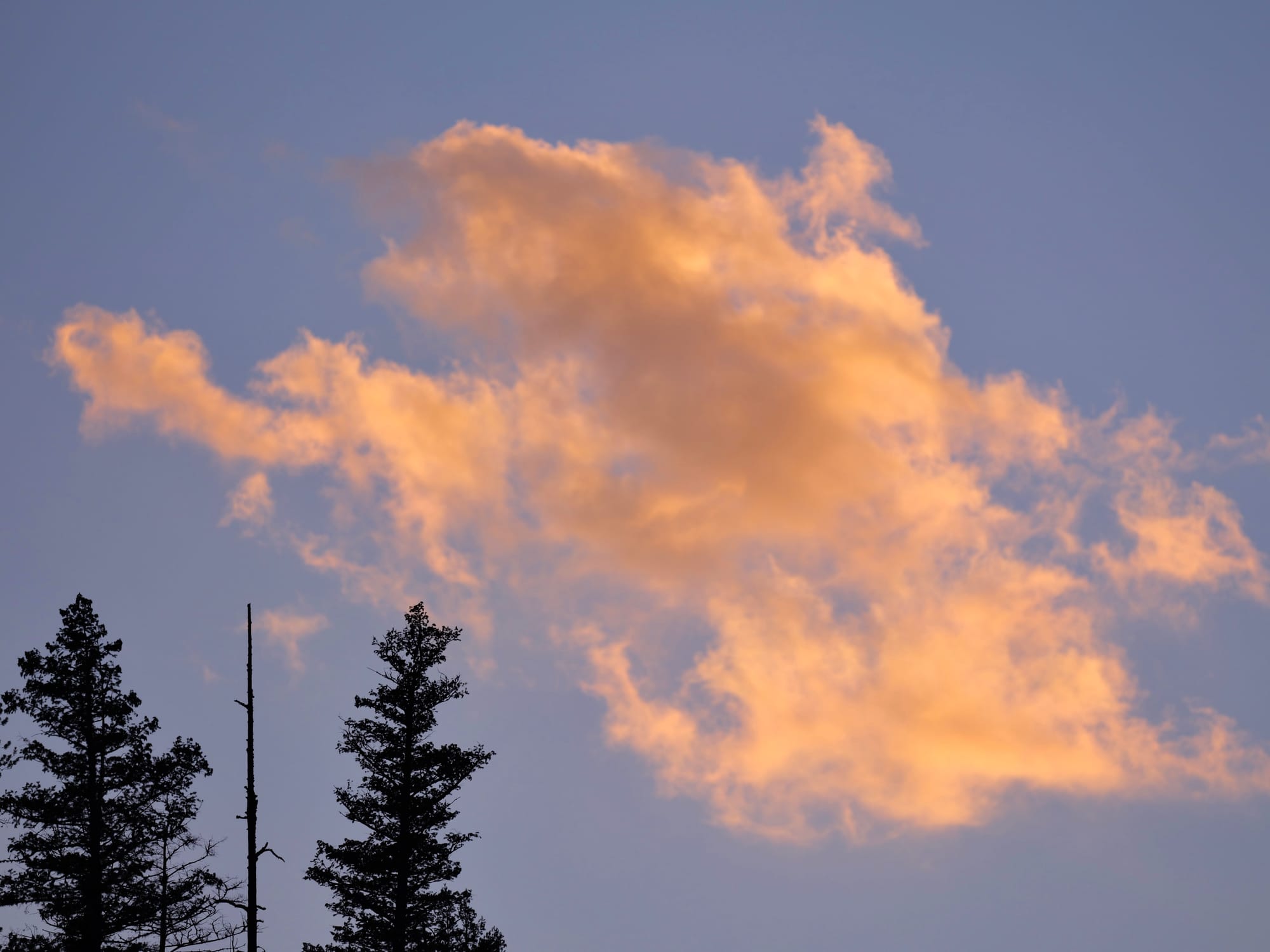
She will reach the desert in California or Arizona and stay there for the winter. She will do this with many others. They converge there every winter staying on BLM (Bureau of Land Management) land. Land which is public land. It turns out that she and other nomads use a program begun in 1983 by the BLM to accommodate people in RVs who wanted long term stay opportunities in the deserts of Arizona and California. Normally camping on BLM land is restricted to 14 consecutive days in one site, after which one must relocate to an area outside of a 25 mile radius.
Instead you can purchase an LTVA (Long Term Visitor Access) pass between September 15 and April 15 of each year. The pass costs $180. You may use it during the dates above in any LTVA designated area and you may stay as long as you like during that period. You can move from LTVA to LTVA using the same pass. Sites have a variety of different services including garbage and for some water and RV dump-stations though not in all cases.
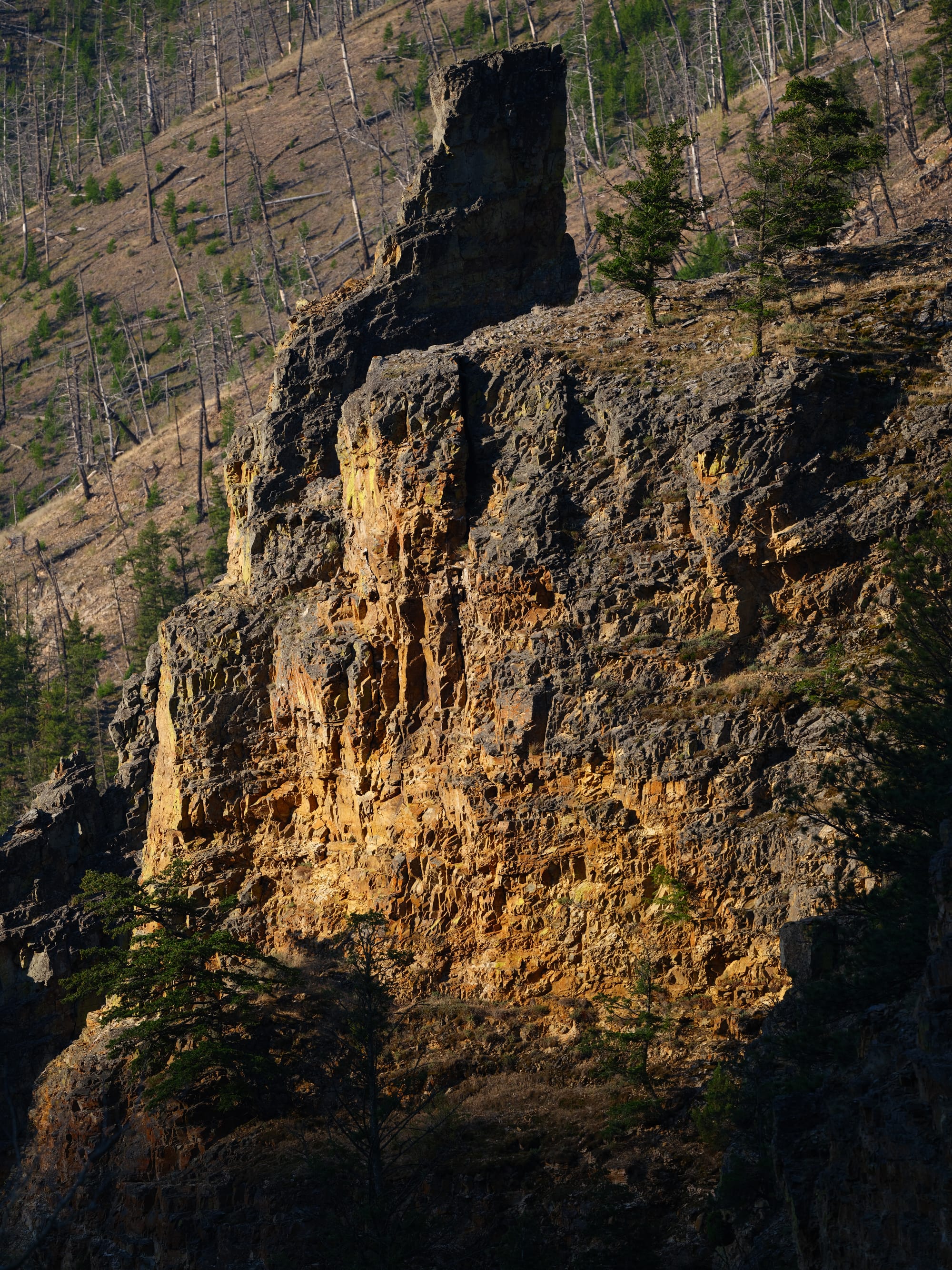
Some people who I tell this story to say ‘how exciting!’. Perhaps not understanding that despite this woman’s stoicism and pride in self sufficiency she also clearly expressed that she was forced into these circumstances. Camping inevitably puts one at great distance from health services and healthcare. (This woman was staying in this campground to access medical services in Butte or Missoula 40 minutes to an hour away. Emergency services are even more difficult to access because of the distance and time.) It also places one further away from friends, family, and community.
I suppose my first encounter with this nomadism was in it’s more voluntary form (though I don’t know this for sure). My good friend Ned had a father in the Marine Corps when we were growing up, though his father was rarely home. Stationed at Twenty-nine Palms in the Calafornia Mojave desert he lived a long way from Ned’s home in Flagstaff Arizona. I met his father only a couple of times and of all my friend’s fathers he was the most unknown quantity. Ned's parents eventually (I suppose inevitably) divorced by the time we were in high school or college. I met his father only one more time when he was working for the University Police Department. He gave me a ticket for parking on the lawn when I couldn’t find a parking space close enough to attend an exam. (When he saw it was me he greeted me in a friendly fashion as he tore up the citation.)
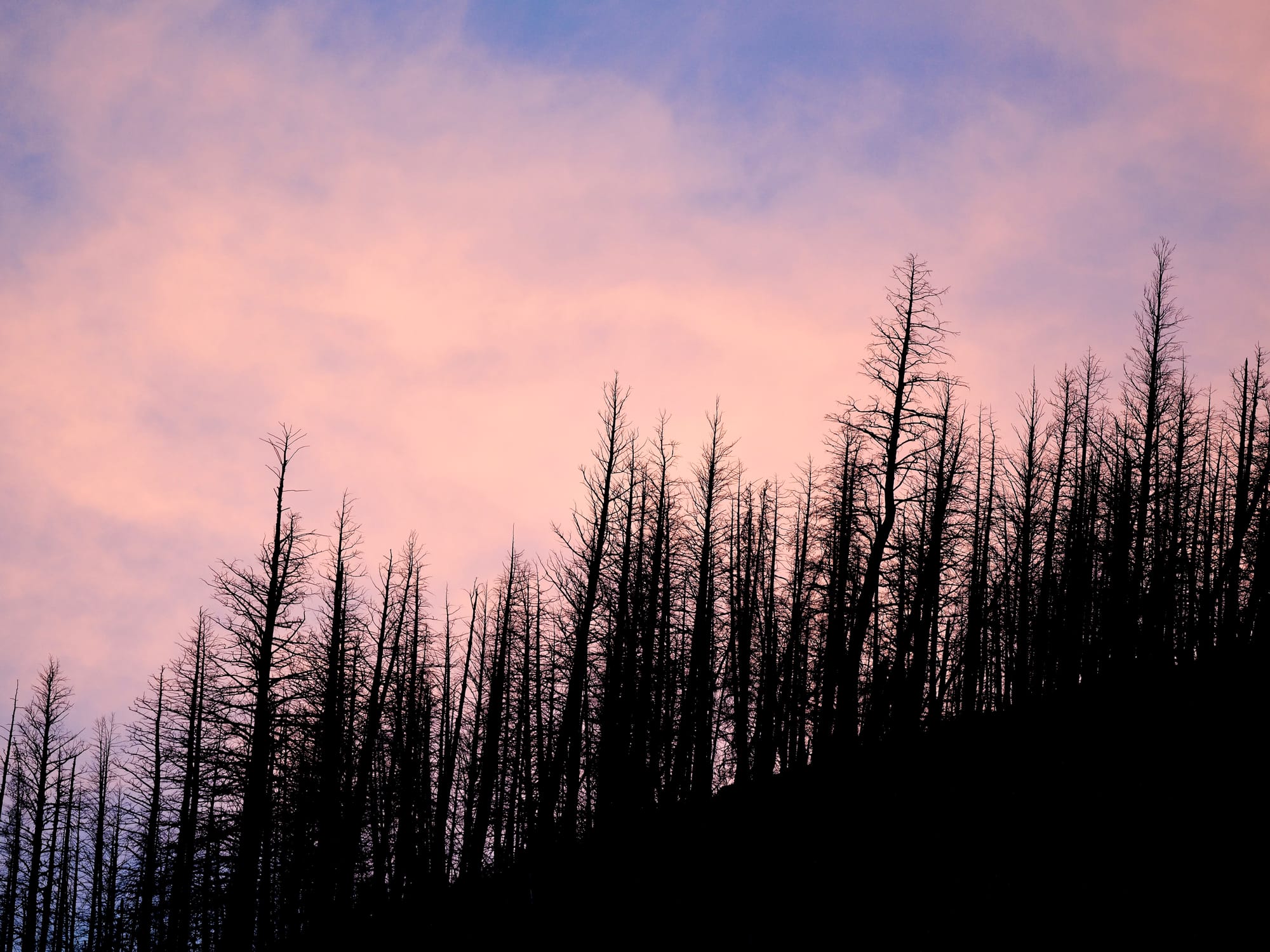
Next I heard Ned told me he had retired with a new wife and they spent half their year in Mexico near Rocky Point and the summers somewhere in the USA. They had a large RV and this was their life.
This was a new retirement trick. There were even services in Nevada where you could register as a resident and the service would forward your mail to whatever RV park you happened to find yourself in. Nevada was an obvious place for this service as they had no state income tax (thanks to gambling income) so your pension dollars went a little further. This was not long after the LTVA program started up with the BLM. (Today LTVA is much cheaper than RV parks which can cost north of $50 per night. )
In the movie Nomadland I was introduced to this idea of people destitute enough to take whatever vehicle they could find and go live in the desert. Some had enough equity to sell a house and buy a larger RV others just used vans they converted themselves. Nomadland’s main character's story begins after the 2008 financial crisis where relatively well-off Americans were made destitute by plunging property and asset values and poor employment prospects. This forced many out of their homes and some found refuge in the American desert. Here they could live virtually rent-free if inconveniently. Many found a kind of community. They lived on low wage itinerant jobs in small struggling rural communities.
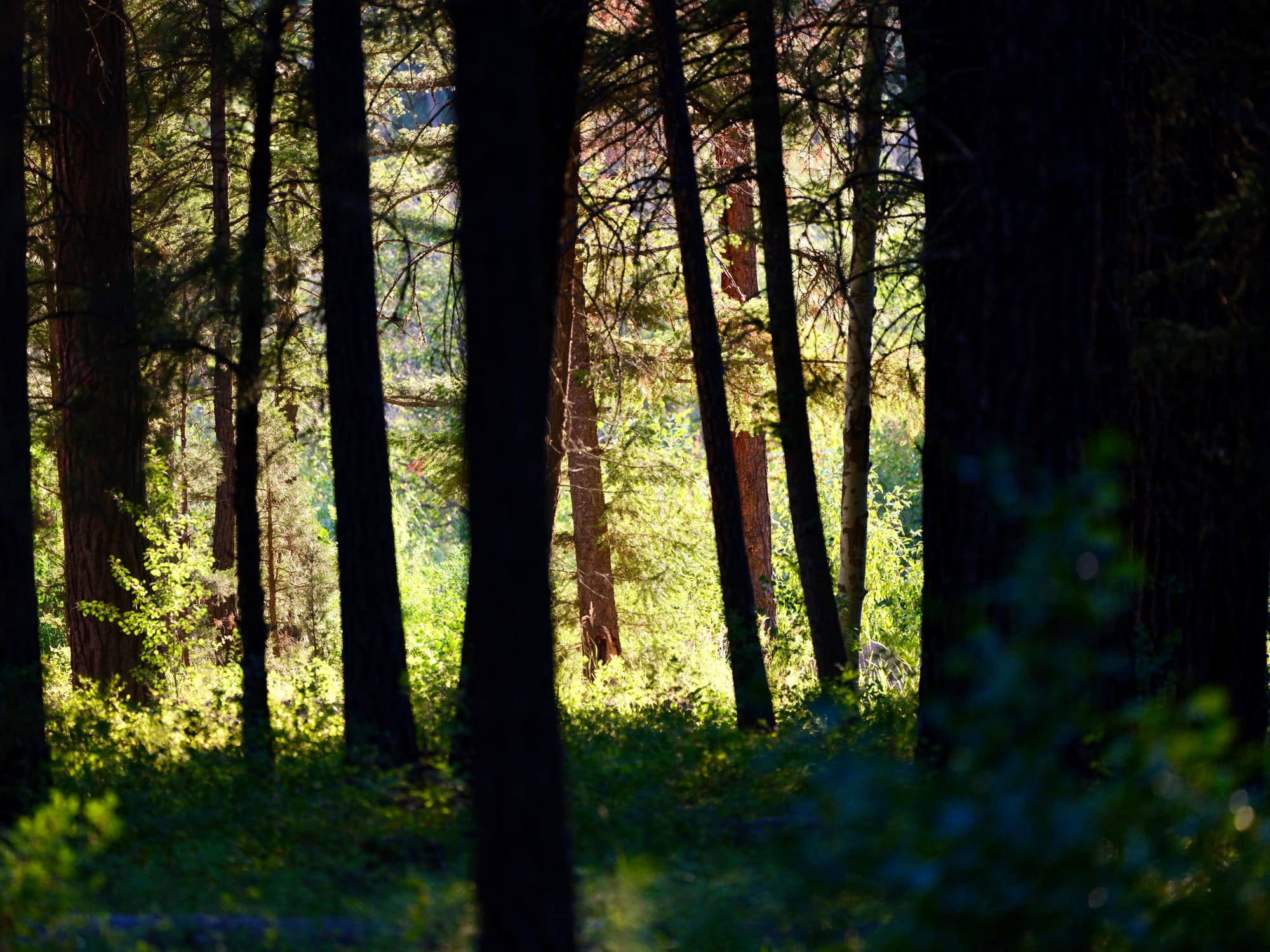
When I lived in the UK we watched a documentary by Ben Fogle, a former Olympic rower, who made stories out of people’s remote living. Called New Lives in the Wild. Season 16 Episode 8 documents the story of a nomad woman in Arizona. Ben pulls off an authentic and poignent telling of this woman’s situation. You may be able to watch it on Amazon here. Alternatively this story by the Daily Mail sums it up pretty well.
Here the main character was Dee a 69-year old woman at the time escapes an abusive marriage and could only afford to live as a nomad. She adapted a van and lives there with surprising grace and happiness despite a tragic lifestory.
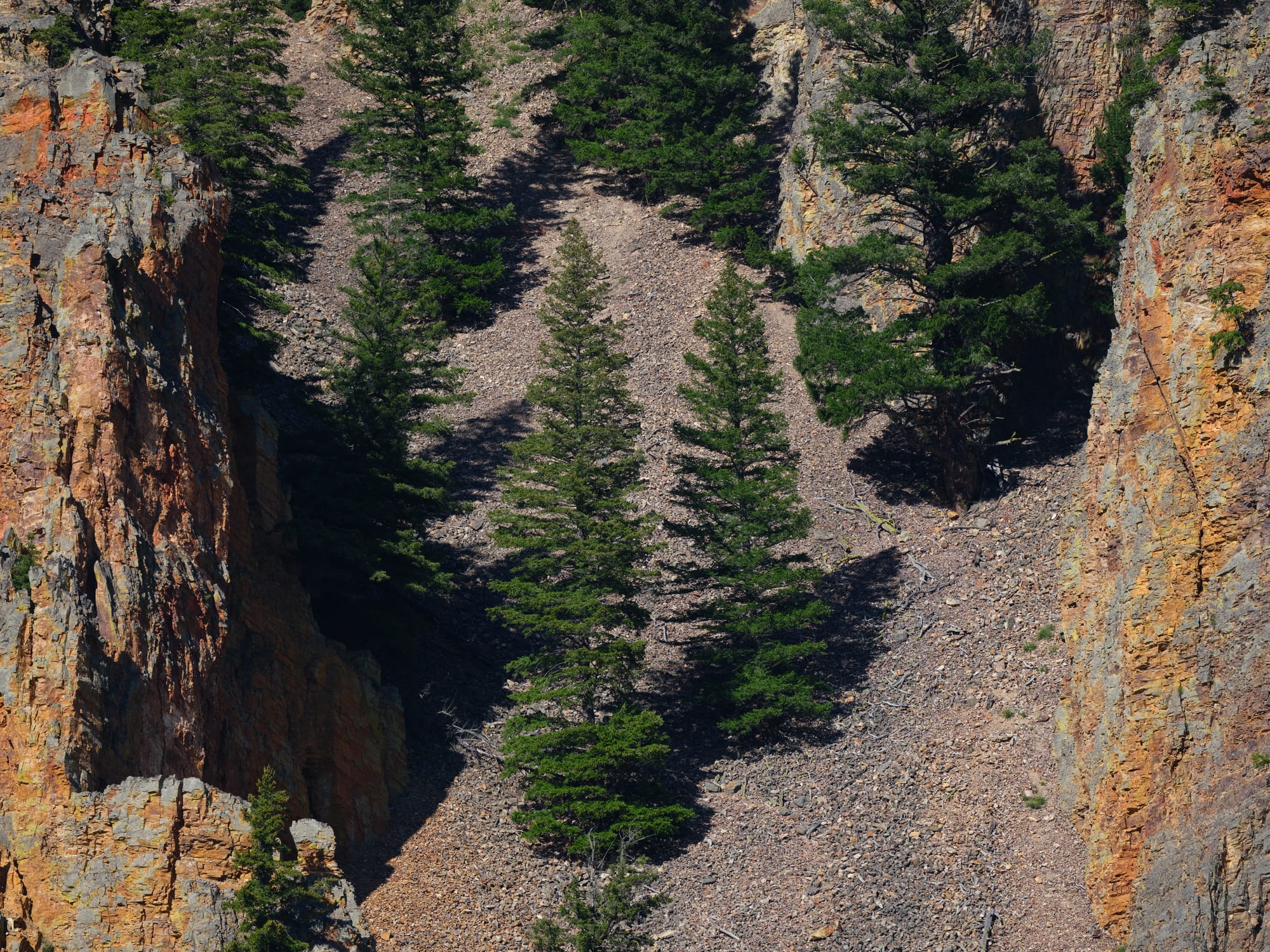
In the end this nomad-ness is the most American story of homelessness. It highlights the bleakness of the American social safety net. The resilience and spirit of some Americans to make do in whatever way they can. They hang on to a sense of pride and stoicism even as they have lost almost everything. Finding community in that vast personal generosity still found in the hearts of most Americans.
Finally it plays into the mythology of redemption only found in the American West. A place where we are promised there is space enough to remake yourself and perhaps find new prosperity. A road trip for the rest of your life! What is not to like? Except for the loneliness, the precarious existence, risk to personal safety and health. Embarked upon by most not from a sense of romance but from a position of last resort.
Go West Young Man (or Woman Old or Young).


